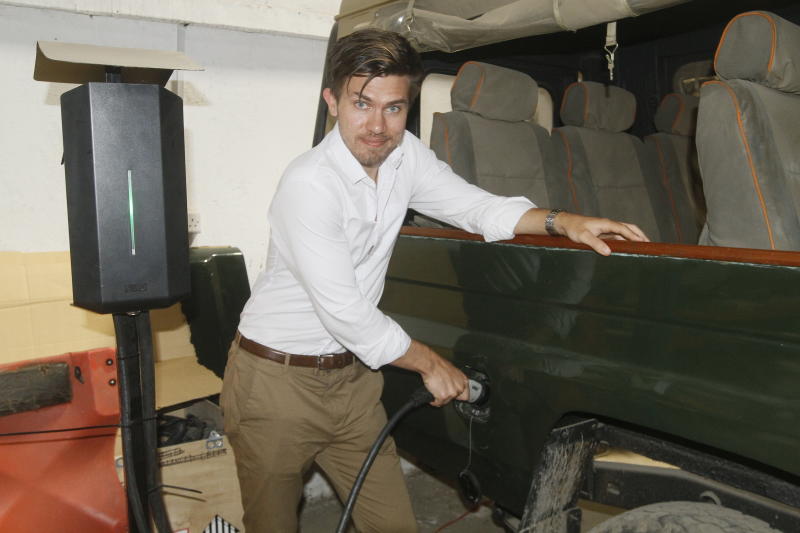×
The Standard e-Paper
Kenya’s Boldest Voice

Imagine plugging your car in the socket in the morning and within minutes, vroom! Until a few years ago, this was a dream. Not anymore.
Electric cars are here. One cab-hailing app has a fleet of 30 electric cars. Another company is converting regular cars into electric cars in Kenya.